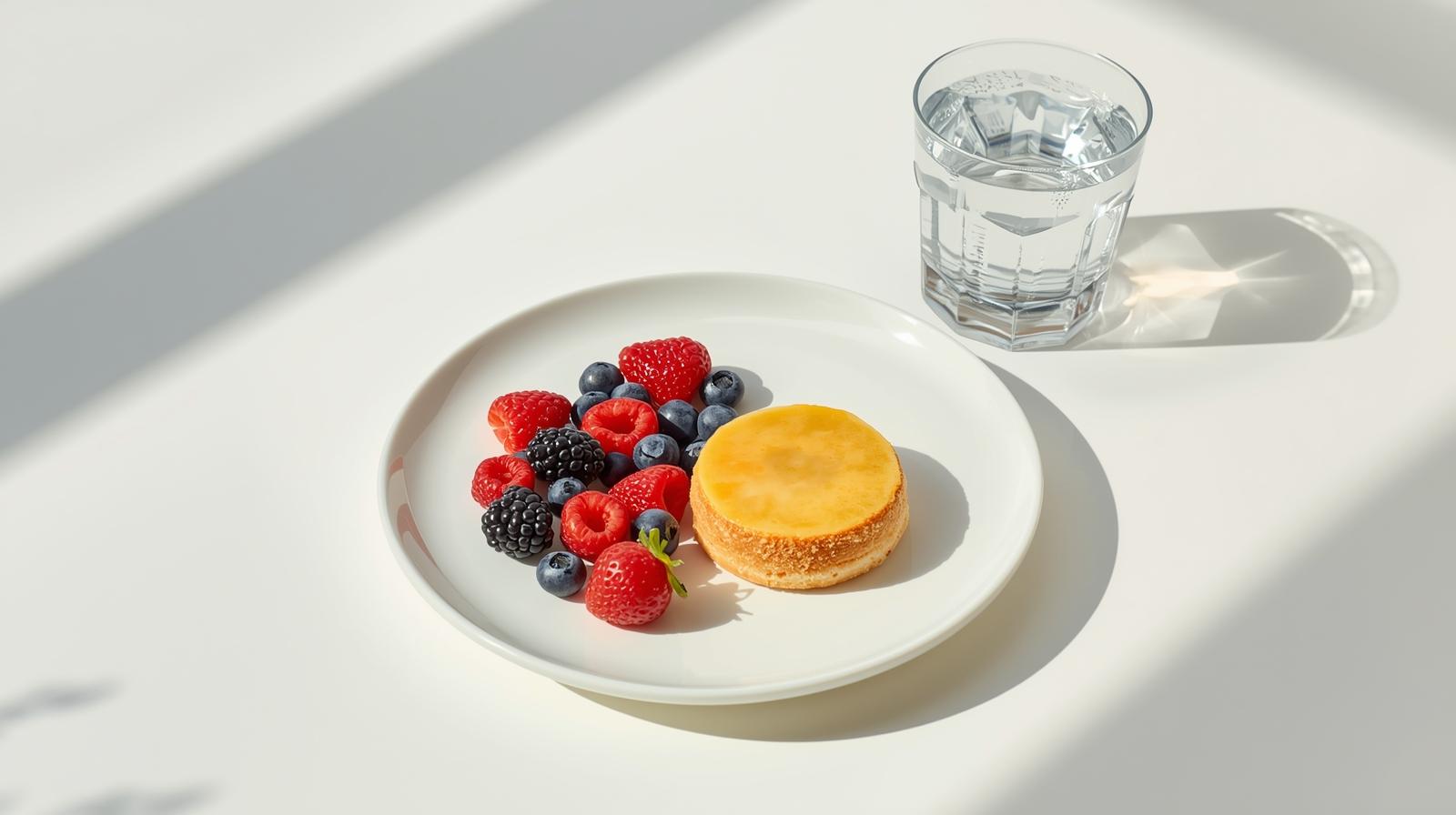
Pastel de Nata in Pregnancy — The Creamy Truth
The pastel de nata — Portugal’s iconic egg custard tart — is beloved worldwide for its flaky layers and silky custard. But for pregnant women, the question often arises: is it safe? The answer depends on how it’s made, served, and stored. When prepared with pasteurized eggs and milk and baked until the custard sets firm, it’s a delightful, safe treat. [1] [2]
This long-form guide explores everything—from egg safety and Listeria risk to sugar balance and gestational diabetes—with practical cues for homemade bakers and smart eaters.
What’s in a Pastel de Nata?
Traditional pastel de nata custard combines egg yolks, milk or cream, sugar, and flour. The pastry is baked at high heat (≈220–250 °C / 425–480 °F) until the custard bubbles and caramelizes. That blistered top isn’t just aesthetic—it indicates high enough heat to destroy bacteria when baked properly. [1] [4]


